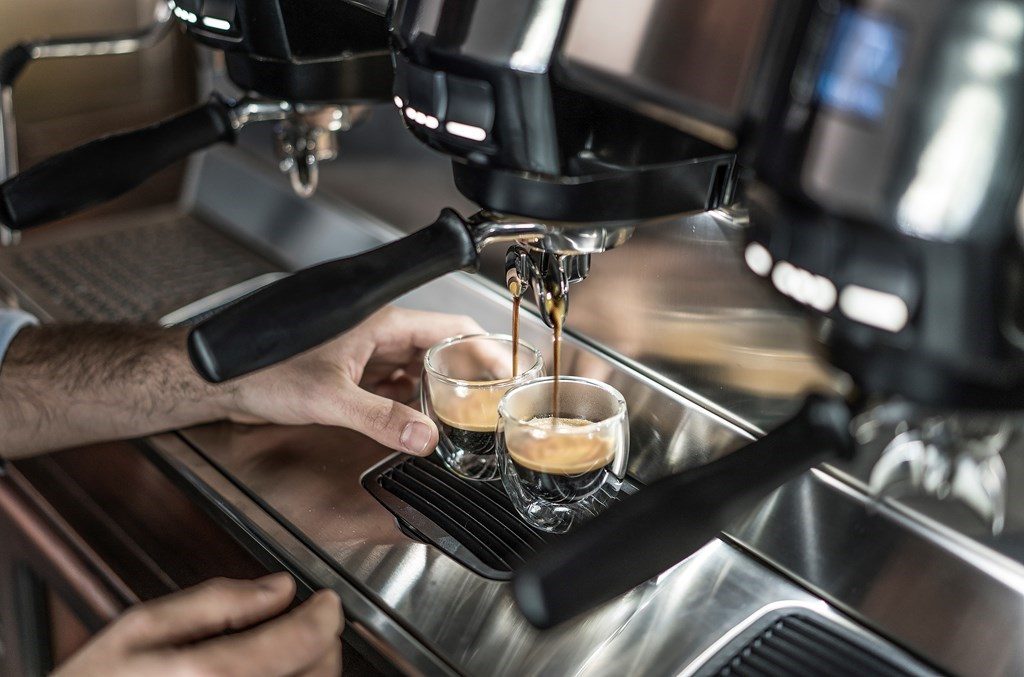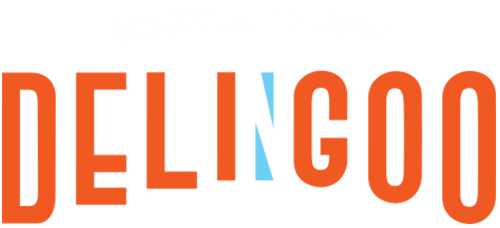Making an espresso is a daily task for millions of people around the world. But how many of us understand what the machine does? When a barista dials in a shot, what is really happening?
Read on for a look under the cover of an espresso machine.

Chiết xuất espresso từ máy Rancilio Specialty
The Water & Pump
Any espresso, no matter the machine, starts with the water source. Water is either drawn from a small reservoir or directly from a plumbed mains connection. Reservoirs work fine for small volumes, but a high-use professional machine needs a reliable piped source.
A good espresso needs water that is clean and without too much (or too little) mineral content. Most machines have built-in filters.
But water supplied at normal household pressure simply doesn’t have enough force to make its way through a condensed coffee puck in a way that produces an espresso. That’s where the pump comes in.
Learn more in How Does Pressure Affect Espresso Quality?

Pulling espresso shots. Credit: Rea Cafe
In most modern espresso machines, an electric pump is used to create pressure. An espresso needs about 9 bars (9 times the atmospheric pressure at sea level) or 130 PSI of pressure. For comparison, most car tires are recommended to be between 30 and 35 PSI.
There are two common types of espresso machine pumps. Commercial espresso machines usually feature a complex rotary pump to supply constant pressure. This type of pump uses a rotating electrically powered mechanical disc. Domestic machines often have a vibration pump, which use an electromagnetic coil to push and pull a piston. Vibration pumps only create pressure when you pull the shot.
“Great espresso machines remove themselves from [the] equation by delivering water to coffee at a predictable pressure and temperature,” says Diego Castro, Technology Manager of North Carolina’s Counter Culture Coffee.

An espresso machine with a PID. Credit: Hola Coffee Roasters
The Boiler
Once the water is moved forward by the pump, it’s time to turn up the heat. As with water source and pressure, consistency is important here too.
As you may have guessed, an espresso machine’s boiler is responsible for heating the water in the system. Professional machines usually have a double boiler system. This means that they have one dedicated boiler for brewing, and one for use with the steam wand.
Double boilers solve the problem of having differing temperature needs. Water for brewing should be at 93℃ (200℉) and it needs to hit 100℃ (212℉) for steam.
Water temperature has a direct impact on the rate of extraction, so inconsistency can throw off the taste of the shot.

Pulling a shot of espresso. Credit: Neil Soque
Many manufacturers have introduced proportional-integral-derivative controllers (PID) or digital temperature controls to espresso machines. These nifty devices connect to the heating element and manage on-off cycles to maintain optimal boiler temperatures.
Without this technology, heat levels can fluctuate and cause inconsistency in your final espressos.
“The barista should never have to wonder whether the water delivered to their coffee is too hot or cold,” says Diego.
Most espresso machines also have a steam wand. This is the thin metal nozzle attached to the side of the espresso machine. Steam wands work by releasing steam from the hotter of the two boilers through this thin pipe directly into the milk. The pressurized steam warms and adds texture to the milk, allowing the creation of cappuccinos and lattes.
Learn more in How to Limit Water Temperature Variation for Better Coffee

Counter Culture Coffee’s Seattle training facility. Credit: Christy Duggan
The Group Head & Portafilter
The group head is the final stop before the coffee reaches your cup. This is the part that brings the hot, pressurised water into contact with the compacted puck of coffee.
There are different types of group head, but they’re all made up of the same basic parts in different configurations. This is where you will find the portafilter – the metal filter basket that holds the ground coffee. Group heads also include a portafilter lock, a pressure switch (to regulate boiler pressure), and a channel to allow water to move from the boiler to the portafilter.
Some people prefer to use a bottomless, or naked, portafilter. This means that the basket of the portafilter is exposed. It helps a barista to dial in their grinder accurately and quickly.

A shot of espresso pouring into cup. Credit: Neil Soque
There are two major types of group head: saturated and semi-saturated. Saturated group heads are exposed to the boiler. Saturated group heads quickly come to the same temperature as the brewing water because they are essentially an extension of the boiler and are flooded with hot water. Therefore, they are stable in terms of temperature.
Semi-saturated group heads are separated from the boiler by a heat exchanger. This makes them easier to repair than saturated group heads and they are cheaper to produce. But they can be slightly less stable in maintaining temperature.
Both have their advantages and disadvantages, but most high-end machines have saturated group heads, despite the higher cost of maintenance. Diego tells me that they allow more control than semi-saturated group heads.

A group head and portafilter in action. Credit: Hola Coffee Roasters
So why use all this technology for a coffee? Why not use a simpler method like a stovetop pot?
“You can’t compare espresso machines with pod, filter, or other machines. They just produce different beverages with different concentrations,” says Pablo Caballero Agudo, co-owner of Madrid’s Hola Coffee. “A quality machine will help you to produce better cups more consistently and with less effort.”
Diego believes high-quality espresso machines are there to allow consistent results even in the hands of the most novice barista or enthusiast.
But even if you have guaranteed consistency throughout the process, there is an outside factor that takes you from a good espresso to a great one.
“I think the real key to delicious espresso is starting with great quality coffee,” says Diego.
Enjoyed this? Check out What You Need to Know Before Buying an Espresso Machine
Written by Mitch Prinsloo. Feature image: Pablo Caballero of Hola Coffee prepares to pull an espresso shot. Feature image credit: Hola Coffee Roasters
Perfect Daily Grind



